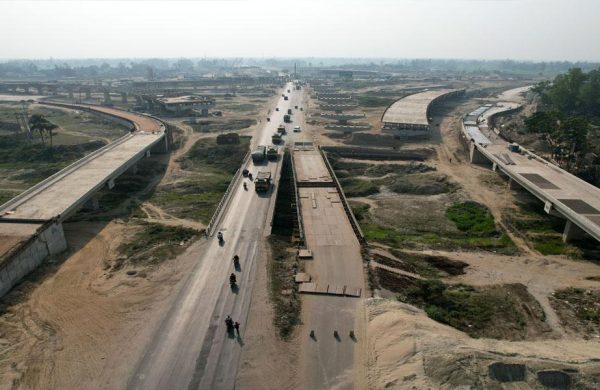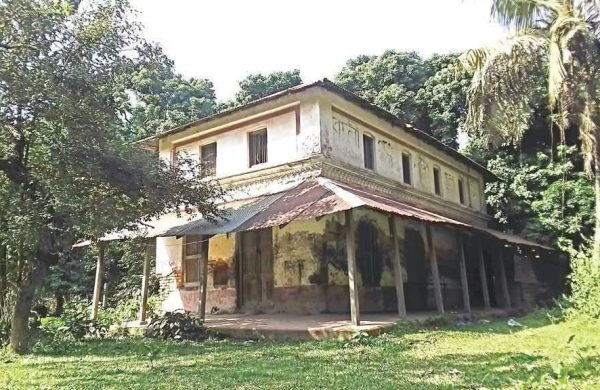Bank deposit growth declines to 7.44%
- Update Time : Wednesday, February 19, 2025

Staff Correspondent:
In the last four months of the previous year, bank deposit growth remained below 8%. Bankers attribute this to three key factors, including high inflation and reduced liquidity.
According to updated data from Bangladesh Bank, deposit growth in December dropped to 7.44% from the previous month.
In September 2024, bank deposit growth stood at 7.26%, which slightly increased to 7.28% in October. It further rose to 7.46% in November before declining again in December. The last time deposit growth was this low was in February 2023, when it stood at 6.86%.
In July-August 2023, a mass movement led to the fall of the Awami League government. Even before this, the economy faced multiple challenges, including a dollar crisis, declining reserves, and reduced remittance inflows.
Despite widespread violence and unrest in August, the month of the government’s fall, the central bank reported a 9.50% growth in bank deposits. The last time deposit growth fell below 10% before this was in October 2023, at 9.80%.
According to Bangladesh Bank data, total bank deposits stood at Tk 17,76,752 crore in December 2024, compared to Tk 16,53,744 crore in December 2023.
A senior official from Bangladesh Bank stated that deposit growth should ideally remain above 10%, with 12-14% being more suitable for a country like Bangladesh.
Experts noted a lack of confidence in the banking sector, with 8-9 banks currently facing liquidity crises.
Clients at these banks are unable to withdraw funds as needed, leading to a decline in new deposits



















